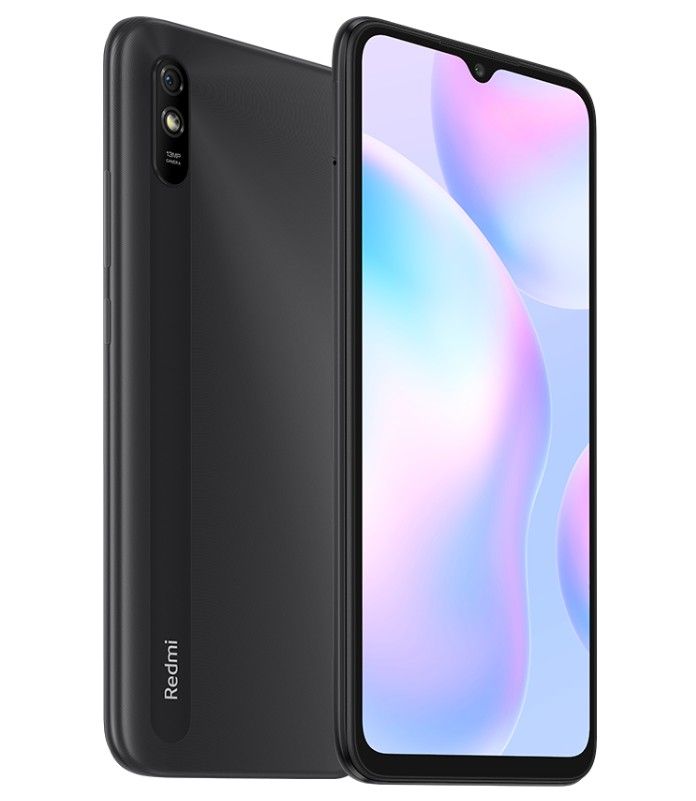The Huawei Developer Conference HDC.Together 2020 is an exciting event for developers across the globe. This is where Huawei will make some of their biggest announcements related to development. This year is a particularly exciting year, with the release of HarmonyOS 2.0 and EMUI 11. There’s also exciting news for anyone who uses HMS to develop their apps. We will go over all of the most exciting news for developers from HDC.Together 2020.
Watch the full keynote here.
HMS Core 5.0 Updates
HMS Core is the suite of development kits designed to help make your next app project easy. Huawei has been adding to this collection of kits, as they constantly improve their selection. Now Huawei announces HMS Core 5.0, with many new powerful development kits. If you develop with HMS Core you access to all of the following development kits:
HarmonyOS 2.0 Breakthrough on Hardware Boundaries
Developing for Huawei’s new HarmonyOS platform is now easier than ever. Smart devices come in all shapes and sizes, whether its a phone, tablet, auto unit or watch, developers create apps optimized for each device, With HarmonyOS 2.0, Huawei made a goal of removing the need to rebuild your app for different devices. The new breakthrough in hardware boundaries means you’ll be able to just make one version of your app, that is compatible across all devices.

HarmonyOS 2.0
Huawei says that HarmonyOS 2.0 will be available to all hardware manufacturers. This is why this feature is so important. As a developer, you want your app to be compatible with as many devices as possible. If you develop your app for HarmonyOS, your app will now be able to be used across a multitude of different sized devices and displays. It also makes your app future-proof in a sense. If new devices come out with different form-factors, you won’t find yourself going back to the drawing board for a redesign.
Developers can now take advantage of distributed virtual bus, distributed data management, and distributed security. This makes HarmonyOS much more than just a replacement for Android. But rather is a distributed OS designed fro AI life.
DevEco for HarmonyOS Development
Developers should be excited to learn about DevEco being used for HarmonyOS development. DevEco is a complete-solution development tool that will help you easily create apps for the platform. It’s a one-stop development, compilation, debugging, and burning integrated solution.
“Create projects based on chips or development boards, and use recommended peripheral drivers and application components specific to device types to improve efficiency when generating project code.”

HUAWEI DevEco Device Tool
Learn more about HUAWEI DevEco Device Tool at device.harmonyos.com/cn/ide.
HMS Go Global Alliance
Over the past year, more the 10,000 apps have entered the global market, with the assistance of Huawei. Now they are announcing the HMS Go Global Alliance which is designed to help developers like you expand your app to a global audience. For Chinese developers looking to go overseas, Huawei leverages its large business operations overseas to help these developers explore global opportunities. For developers looking to enter China, Huawei provides relevant consulting service, localization & integration, marketing & campaign services. Just last year alone, Huawei has helped over 700 apps have entered the Chinese market.
“HMS Go Global Ecosystem Alliance is jointly established by Huawei and other well-known companies in China, including NetEase, Perfect World, Cocos, BabyBus, NetDragon Websoft, Globalegrow, FunPlus, DO Global, VivaVideo, OPPLE Lighting, SinoInteractive, and Testin. By aggregating the best capabilities of all these companies, HMS Go Global Ecosystem Alliance has built a “go-global service capability engine” to provide all services needed by Chinese developers when distributing their apps globally, covering all-scenario products and services. HMS Go Global Ecosystem Alliance is adept at resolving the three issues faced by Chinese apps going global – product localization, local compliance, and local promotion – to help partners expand their businesses worldwide and also promote ecosystem growth.”
If you are a developer and want to apply for this program, start by emailing Huawei using the information here.
There’s much more content and plenty of other keynotes to explore from HDC.Together 2020. Make sure you follow the event and watch it live from the official event page here.
We thank HUAWEI for sponsoring this post. Our sponsors help us pay for the many costs associated with running XDA, including server costs, full time developers, news writers, and much more. While you might see sponsored content (which will always be labeled as such) alongside Portal content, the Portal team is in no way responsible for these posts. Sponsored content, advertising and XDA Depot are managed by a separate team entirely. XDA will never compromise its journalistic integrity by accepting money to write favorably about a company, or alter our opinions or views in any way. Our opinion cannot be bought.
The post The Announcements Developers Should be Most Excited About from HUAWEI DEVELOPER CONFERENCE 2020 appeared first on xda-developers.
from xda-developers https://ift.tt/2RlvD8i
via
IFTTT









 —
—